Labour Pains: Gujjar and Bakarwal tribal communities in J&K struggle to access basic health facilities
In order to reach the tertiary health care centre in Srinagar, pregnant women of Bakarwal and Gujjar communities living in the upper reaches of Jammu and Kashmir have to travel long distances. Some deliver even before they can reach the health centres.
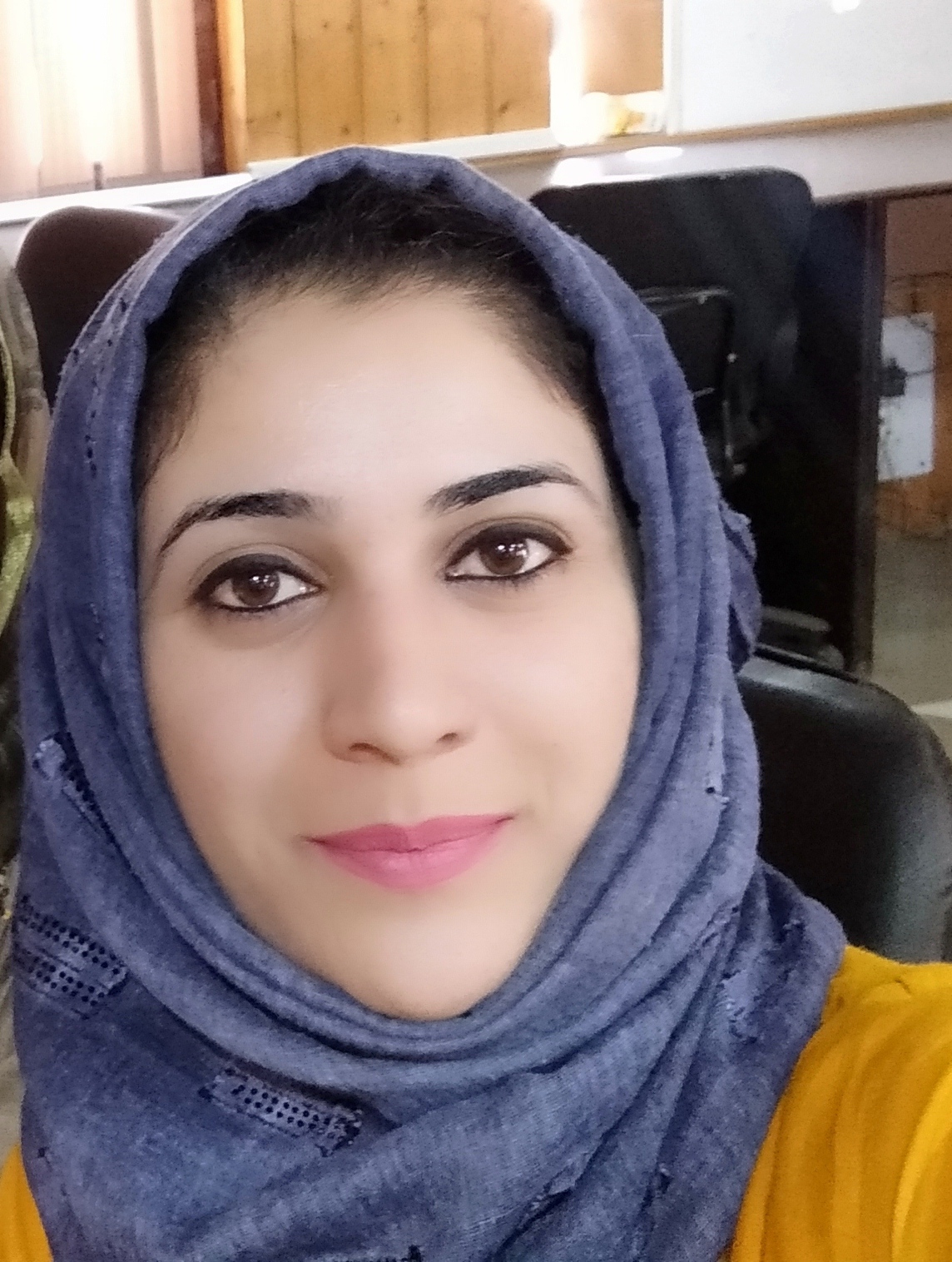
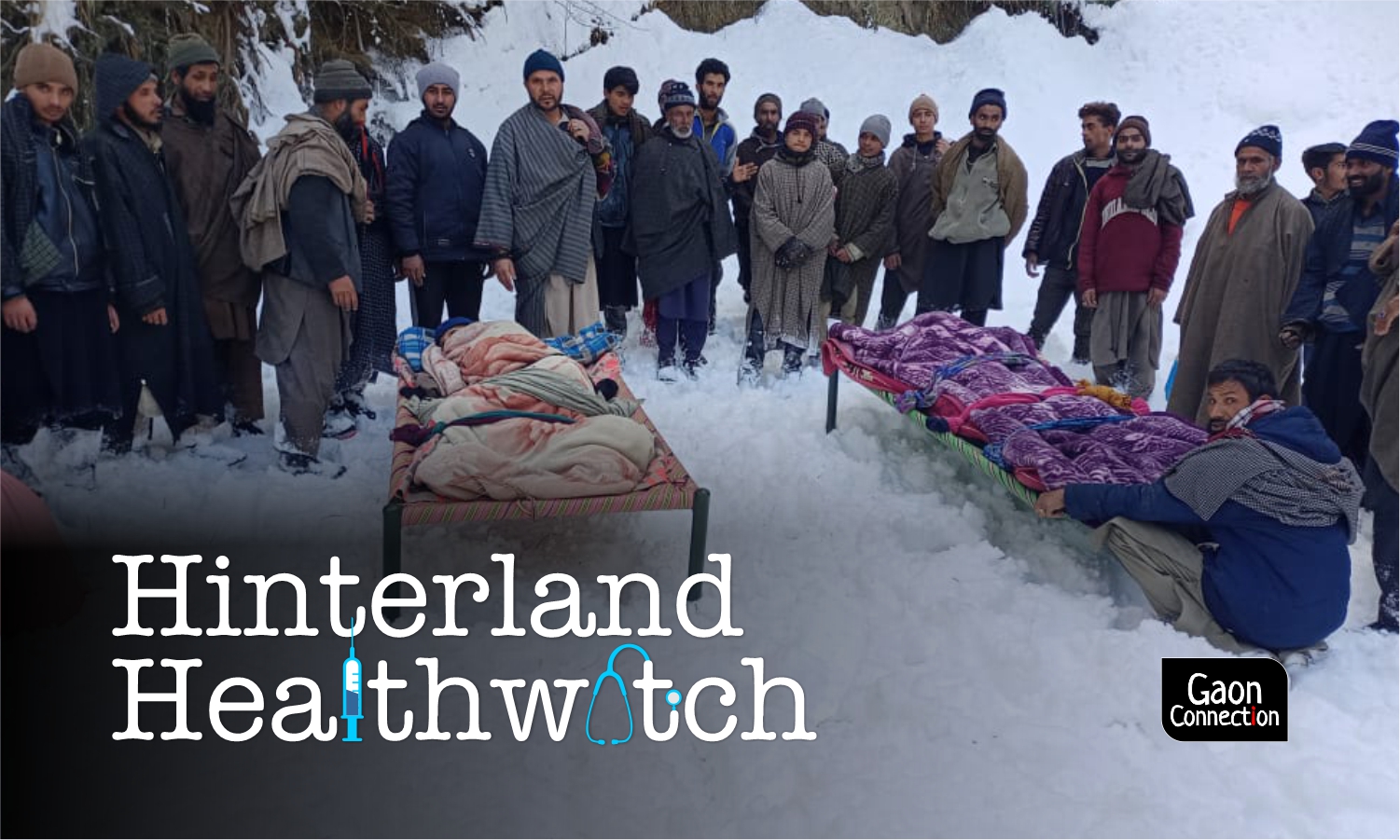
Srinagar, J & K
Last month, on January 5, Akhtar Jan, a 20-year-old tribal Gujjar from Zarkan Shalidar village of south Kashmir’s Shopian district, gave birth to her second child. She delivered the baby on a wooden stretcher as she was being carried through ankle-deep snow by her husband and 15 of his friends to the sub-district hospital, five kilometres from home. Luckily, both mother and child were fine.
“On the night of January 4, my labour pain began, and my husband tried to find a doctor in the nearby PHC [primary health centre], but there was no one,” Akhtar told Gaon Connection. “In the morning, my husband called for an ambulance, but no one came because of the heavy snowing. I was embarrassed to deliver my baby in front of my husband’s friends,” she added.
Thousands of tribal women like Akhtar, belonging to the Gujjar and Bakarwal communities of Jammu and Kashmir (J&K) living in the upper reaches of the union territory, have no access to basic healthcare. They are mostly involved in cattle rearing and live in makeshift tents. They are nomadic and don’t have permanent houses.
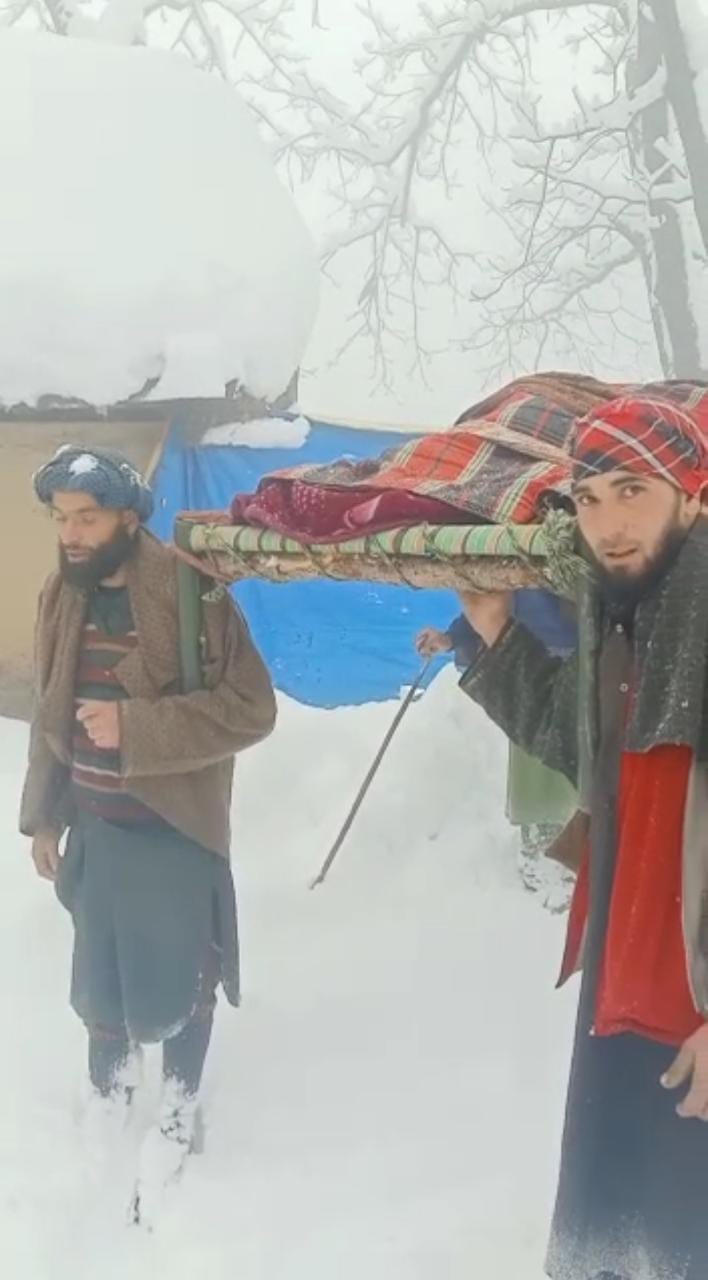
Bakarwals and Gujjars are the third largest ethnic group in J&K, after Kashmiris and Dogras. According to the 2011 census, Gujjars and Bakarwals constitute 11.9 per cent of the population — 1.5 million of 12.5 million people.
These indigenous communities complain that they are unable to avail of any services from PHCs. Papa Poswal, Jan’s husband, said there are no transport facilities to ferry those in an emergency to the sub-district or district hospitals as the roads are bumpy. “Every year, we have to trek miles to take patients to the hospital on stretchers. Sometimes, they die on the way. We don’t have an efficient healthcare system in rural areas, and tribal people suffer immensely,” Poswal told Gaon Connection.

Lack of amenities in PHCs
PHCs are the first base, acting as referral units for six sub-centres. They flow into community health centres (CHCs), followed by the sub-district and district hospitals, and then medical colleges and tertiary care centres such as the Sher-i-Kashmir Institute of Medical Sciences (SKIMS) and SMHS hospitals in Srinagar.
A 2019 research study titled Traversing the margins: Access to healthcare by Bakarwals in remote and conflict-prone Himalayan regions of Jammu and Kashmir, reveals that on an average, PHCs had only 51 per cent of the necessary physical infrastructure and amenities. Health workforce shortage was found to be the greatest predicament.
It was also found that there was a shortage of medicines and consumables owing to supply constraints — only 42.2 per cent of medicines from the essential drug list were available on the date of the survey.
In winter, most roads in Kashmir remain blocked with snow, due to which tribal people have to take emergency patients on makeshift stretchers or carry them on their shoulders for long distances.
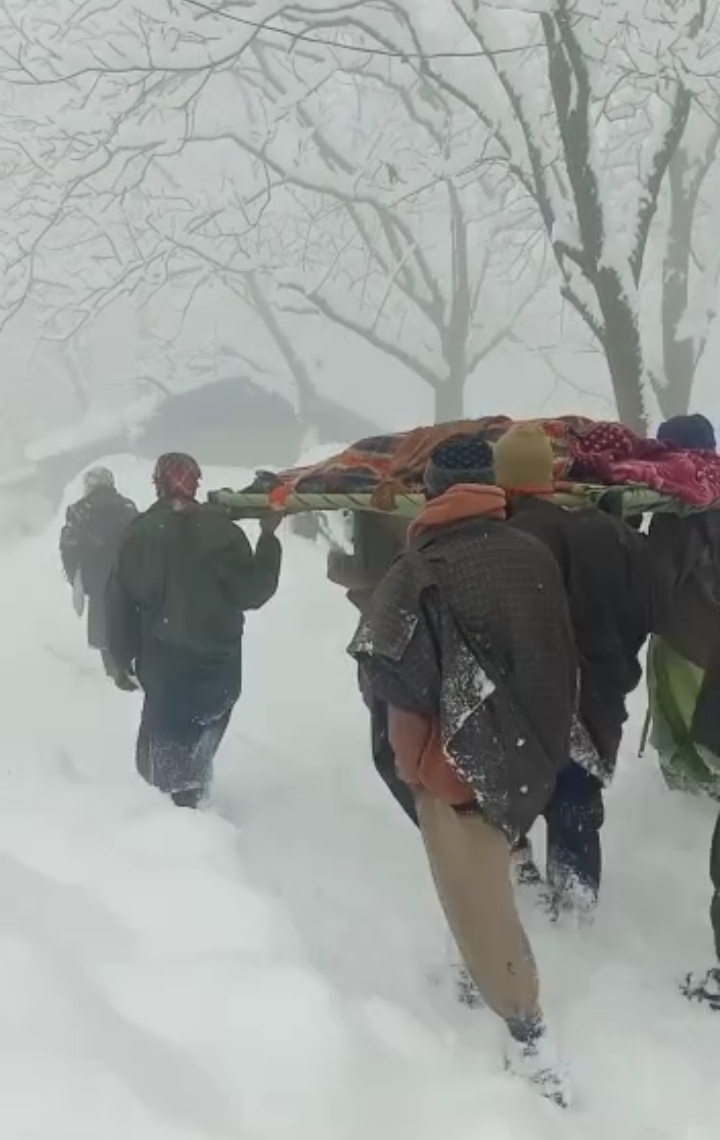
Nowhere to go
Like Akhtar, a pregnant Sufiya Jan, 24, was also carried to hospital on a makeshift stretcher by 12 people last month when it snowed heavily. Sufiya’s husband Zubair Ahmad said the local PHC is just half a kilometre from their home, but there was no doctor or nurse on call. Nor was there an ambulance.
“This is common during winter. Two other pregnant tribal women in my neighbourhood were also taken to the hospital last month in a similar manner,” Ahmad said.
In the mountainous Fakir Gujjari village of Srinagar, Manzoor Ahmad Khatana travelled 25 kilometres with his pregnant wife every month to visit a doctor in Lal Ded Hospital, Srinagar’s lone maternity care centre.
“A doctor visits the PHC twice or thrice a month. We are four thousand Gujjar families in four villages in this hilly area, and we have to rely on one dysfunctional PHC,” Manzoor said.
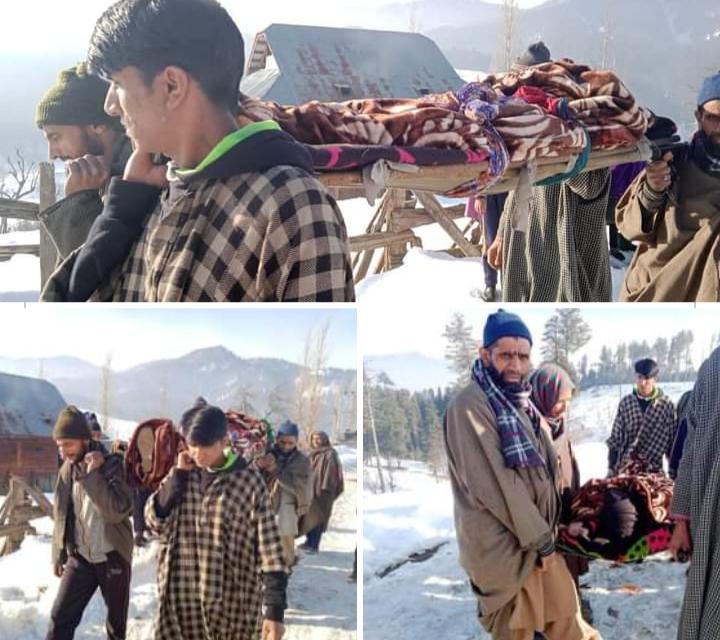
Manzoor claimed that there used to be an ambulance at the PHC before abrogation of Article 370 in 2019. “We have to arrange a private cab for those in a health emergency. It costs us about a thousand rupees, two-way, every time,” he told Gaon Connection. The Centre’s Janani Suraksha Yojana (JSY) grants expectant mothers a one-time grant of Rs 1,400, but to receive it, people end up spending Rs 3,000 to reach Srinagar.
A Basic Health Worker (BHW) in Srinagar district said, on condition of anonymity, there is a shortage of doctors and health workers in PHCs. “The ultrasonography machine was installed in the hospital I work in three years ago, but no one has used it, because there is no technician to operate it. Even basic machines like X-Ray and ECG are not available here,” he said.
The government, however, provides iron and calcium for pregnant women and paracetamol tablets, the worker explained. People have to “buy” other medicines, he said.
Temporary tents and freezing temperatures
Besides pregnant tribal women, even Gujjar and Bakarwal children suffer. Last month, on January 18 and 19, when temperatures dipped to minus 8 degrees celsius, two minor kids of Zubair Ahmad Mandar, a Bakarwal whose 21-member family lives in a makeshift tent in Brinal Lammer village of Kulgam district, took ill and died. The family could not take 10-year-old Sahil or his sister to the local PHC, three kilometres away, as it had snowed in. After their kids died, the district administration provided them free rental accommodation.
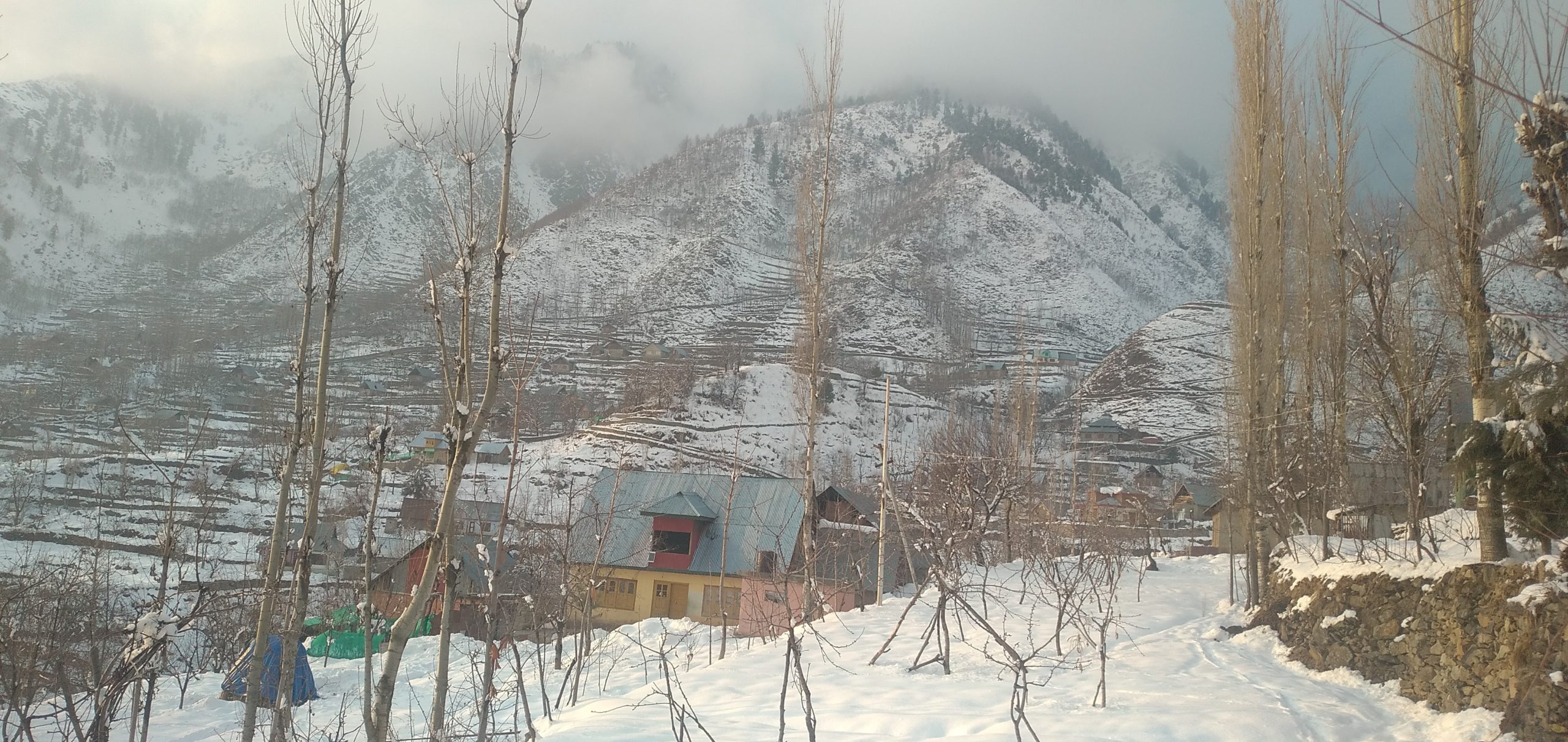
Choudhary Irshad Khatana, activist and general secretary of Jammu and Kashmir Gujjar and Bakarwal Youth Welfare Conference, said the children would have been alive had the government provided this accommodation earlier. “The PHC in the village is useless. Doctors are not available every time. When this incident happened, the PHC was closed — they don’t open at night,” Khatana told Gaon Connection.
The 2019 research paper mentions that almost every individual surveyed mentioned incurring out-of-pocket expenditure on treatment for inpatient and outpatient care.
According to Jammu-based Veenapani Rajeev, co-author of the research, “The government should develop a satellite-based telemedicine network for hard-to-reach areas. ISRO has already partnered with many state governments to set up the infrastructure in remote areas,” Verma said. This model, called hub and spoke, links primary-care health clinics and small hospitals to large tertiary-care facilities, and provides for an ambulance network too.
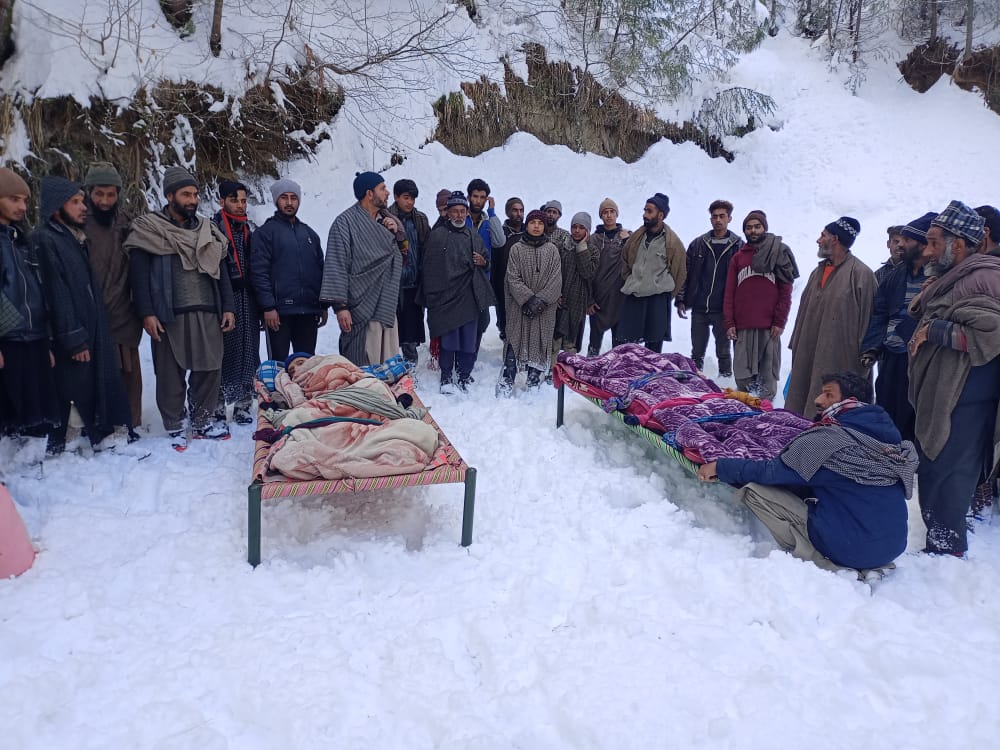
Varma suggested that mobile dispensaries in migratory routes and summer pastures should be increased and equipped with trained medical staff.
Zahid Parwaz Choudhary, union territory president of Jammu and Kashmir Gujjar Bakarwal Youth Welfare Conference, said the government claimed to provide health facilities at the doorstep, but that did not translate into action on the ground. “Even medicine for cold and fever is not available in PHCs,” said Choudhary.
Mohammad Saleem, director of tribal affairs in the union territory, passed the buck to the health department. “Our mandate is to put health infrastructure in place; not arrange for manpower,” Saleem said.
Director of health services, Kashmir Sameer Mattoo and principal secretary health Atal Dullo did not respond to repeated messages and calls from Gaon Connection.

